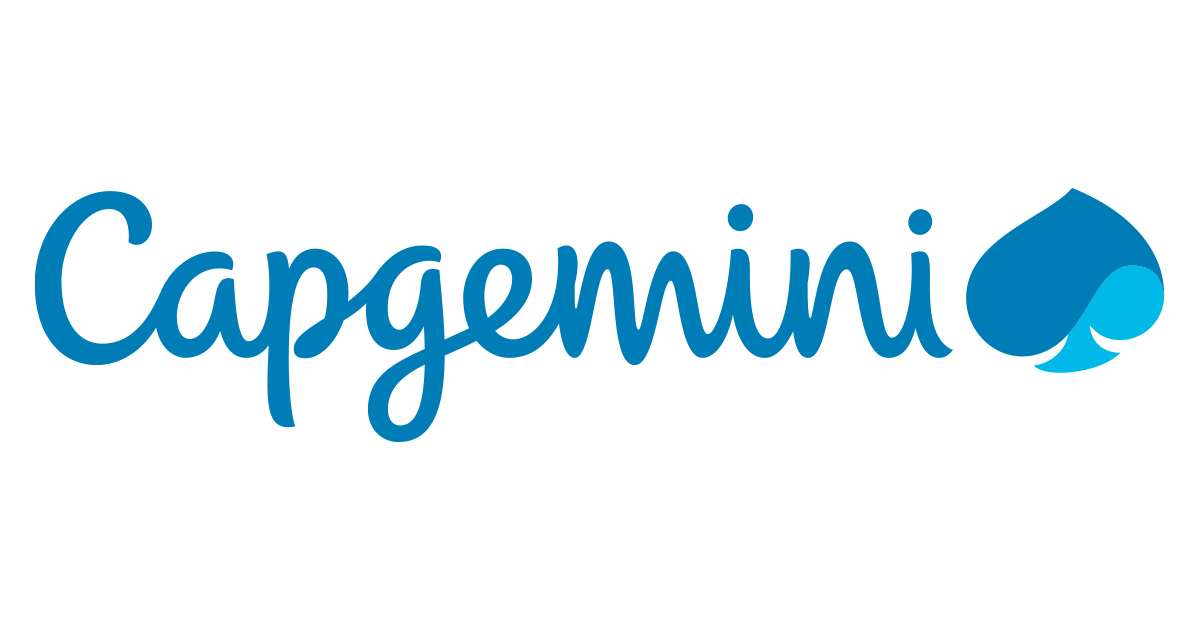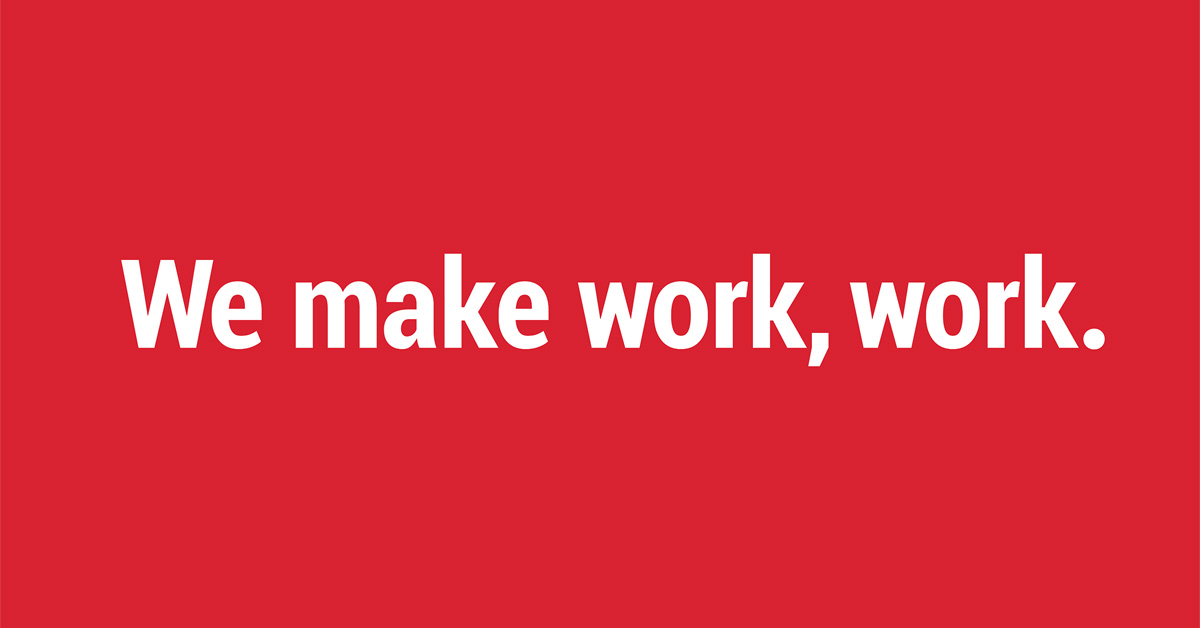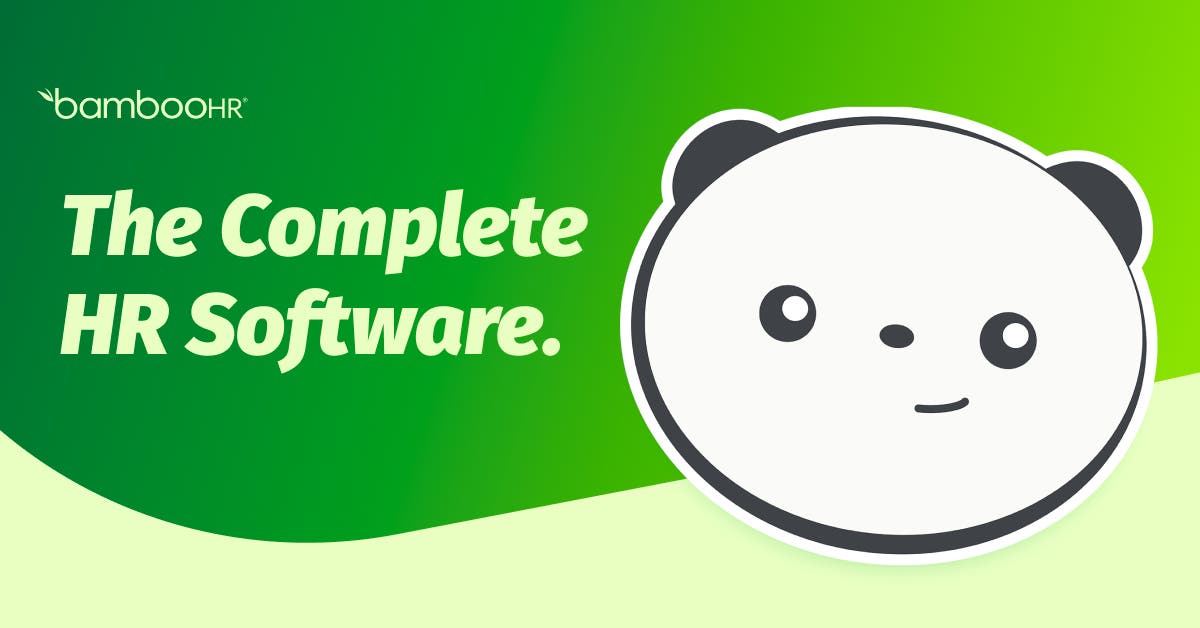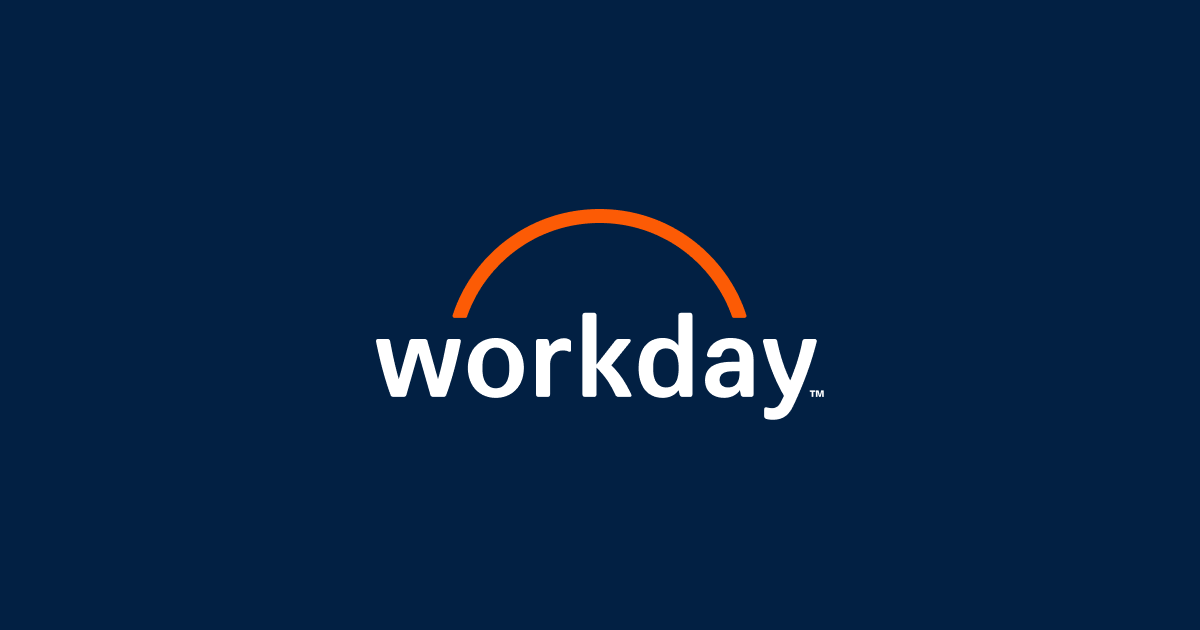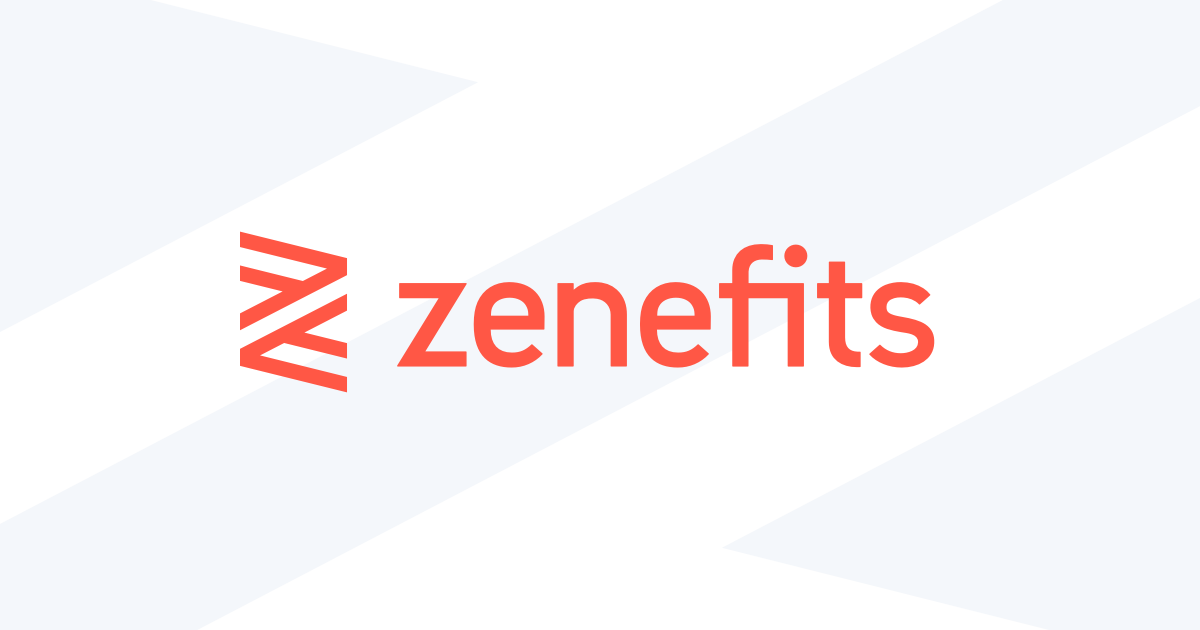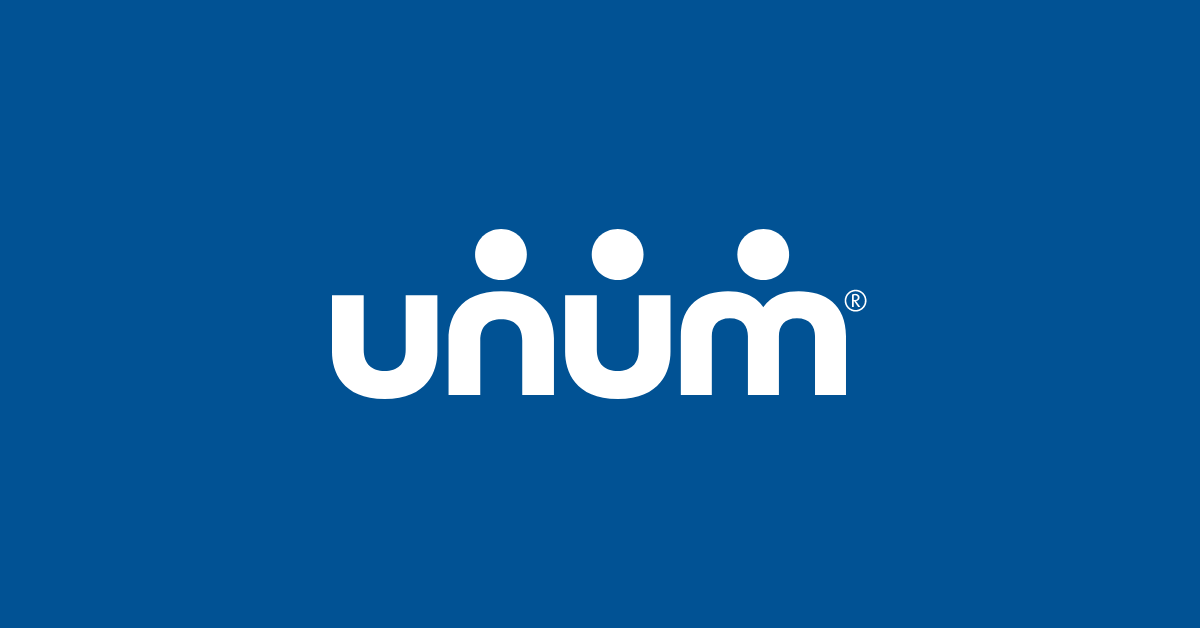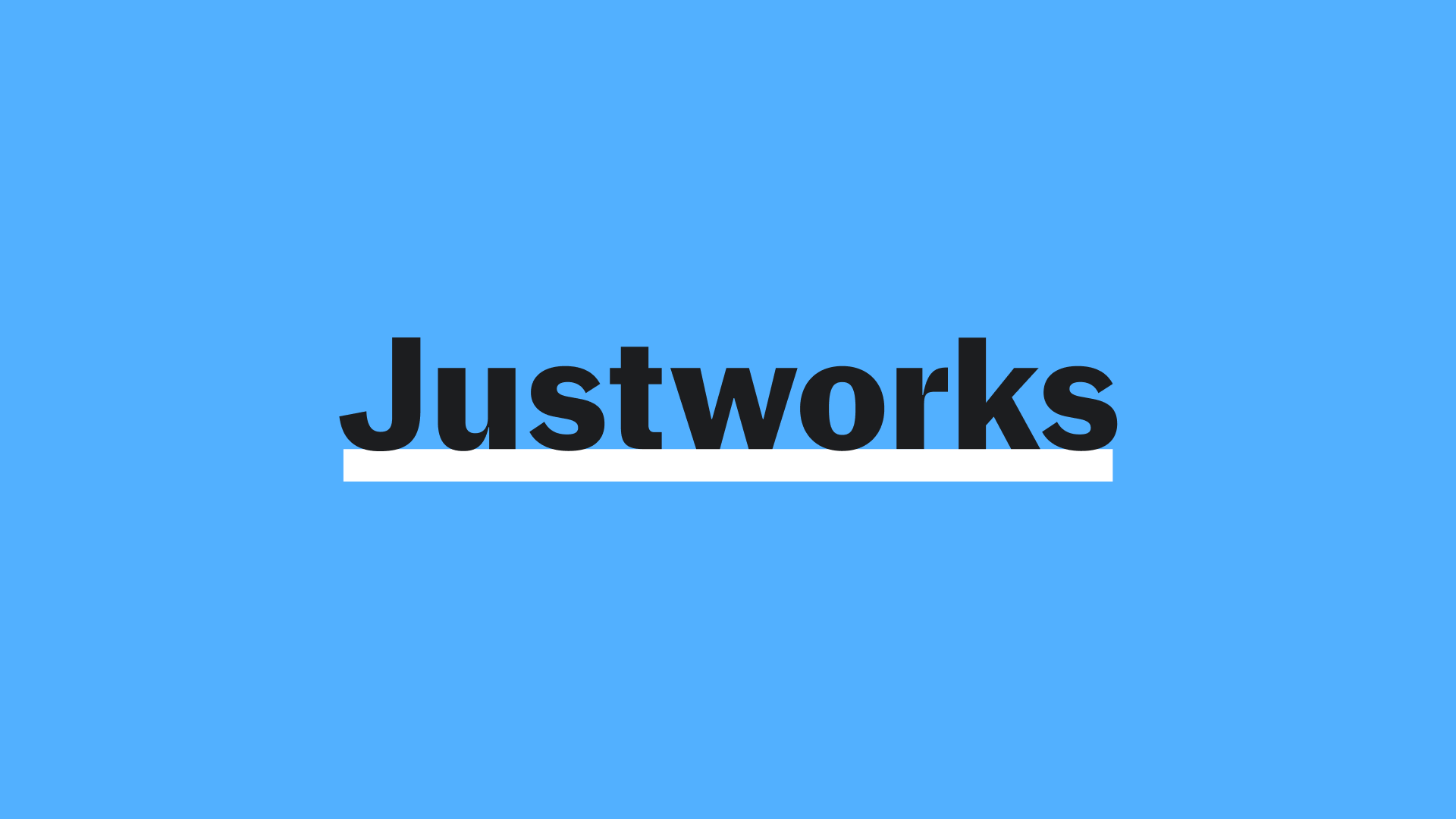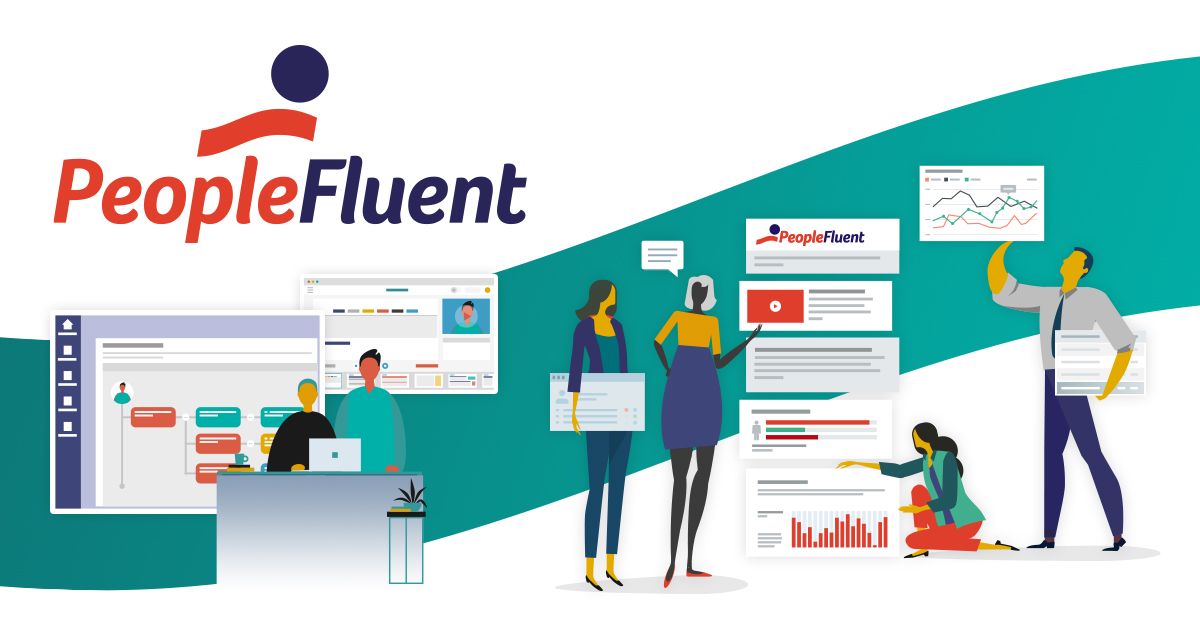Introduction
Managing employee benefits is a complex task that requires robust technology to automate processes, reduce errors and provide a superior experience for both HR teams and employees. With the rise of value-based care models and the ongoing transition to digital processes accelerated by the pandemic, benefits administration platforms have become mission-critical systems for organizations. This guide thoroughly reviews and compares the 15 top benefits administration solutions on the market based on key criteria to help HR decision-makers select the right software.
Methods of Evaluation
Each software will be evaluated based on features, ease of use, pricing and support offerings. Additional consideration will be given to platform scalability, mobile capabilities, reporting and analytics tools. Vendor reputation and market visibility factors like number of backlinks, monthly organic traffic and keyword trend data from SEMrush will also influence the ranking. The overall leaderboard will highlight the top 3 solutions best suited for organizations of different sizes and complexities based on the conventional evaluation as well as these more quantitative digital metrics.
1. Capgemini
Capgemini is a global leader in consulting, technology services and digital transformation. One of its key offerings is HR and benefits administration software and services. Capgemini provides SHINE, a robust cloud-based HR and benefits administration solution.
Pros: Some key advantages of Capgemini’s SHINE benefits administration software include:
– Global capabilities as a consulting and outsourcing leader
– Robust functionality for benefits enrollment, eligibility, billing and more
– Strong implementation services and ongoing support
Cons: One potential disadvantage is that as a larger consultancy, response times may not be as quick as smaller, benefits-focused vendors. Customers also report initial implementations can take 6-12 months.
Pricing: Pricing for Capgemini’s SHINE is not publicly listed and would vary based on the size and needs of each implementation. As a global provider, Capgemini can likely take on very large-scale benefits administration projects.
Some key stats about Capgemini’s SHINE benefits administration software include:
– Used by over 500 clients worldwide across various industries
– Supports over 5 million users
– More than 25 years of experience implementing HR and benefits solutions
2. Xerox HR Services
Xerox HR Services is a leading global provider of HR solutions and services, including comprehensive benefits administration. With over 50 years of experience, Xerox HR Services offers end-to-end solutions to manage the entire HR lifecycle from onboarding to retirement.
Pros: The main advantages of Xerox HR Services’ benefits administration software include:
– Global scale and expertise as a professional services provider
– End-to-end HR solutions that cover the entire benefits lifecycle
– Robust support and services for onboarding, ongoing administration, and employee assistance
Cons: Potential disadvantages could include higher costs compared to smaller specialized vendors due to Xerox’s large global operations.
Pricing: Pricing for Xerox HR Services’ benefits administration solution is customizable based on employer size, number of employees, benefits offered, and desired services. Quotes can be obtained online or through a sales representative.
Some key stats about Xerox HR Services’ benefits administration solution include:
– Manages benefits for over 1.5 million employees globally
– Processes over $50 billion in claims annually
– Supports over 40,000 employer clients
– Handles onboarding and enrollment for hundreds of thousands of new hires each year
3. BambooHR
BambooHR is a leading HR software provider focused on benefits administration. Founded in 2008 and headquartered in Lindon, Utah, BambooHR seeks to simplify and humanize HR. With BambooHR, organizations of all sizes can easily manage employee information, payroll, benefits, and more in one place.
Pros: Some key advantages of BambooHR include:
– Feature-rich yet affordable HRIS solution
– Modern interface optimized for mobile usage
– Seamlessly integrates with many payroll and benefits carriers to streamline administration
– Robust support and implementation services to help get up and running quickly
Cons: One potential disadvantage is that the HRIS is fully cloud-based without an option for self-hosting. This requires an internet connection to access all features.
Pricing: BambooHR offers flexible pricing plans tailored to companies of all sizes. Basic plans start at $6 per employee per month for entry-level features. Mid-range and enterprise plans provide additional advanced functionality and scalability. Custom pricing is also available for larger organizations.
Some key stats about BambooHR include:
– Used by over 20,000 companies worldwide
– Supports companies of all sizes from startups to enterprises
– Over 150 pre-built integrations with popular payroll, benefits, and other HR systems
4. Workday
Workday is a leading provider of enterprise cloud applications for finance and human resources. Founded in 2005, Workday provides applications for financial management, human capital management, planning, and spend management. With over 6,500 customers, Workday serves organizations of all sizes across a wide range of industries. Workday entered the benefits administration space in 2012 with the acquisition of Ultipro and has since built out a full-featured benefits administration module.
Pros: Some key advantages of Workday’s benefits administration software include: – Leading full-suite HCM with dedicated benefits module for integrated benefits experience – Strong analytics and reporting capabilities powered by Workday Adaptive Planning – Highly customizable workflows and configurations to meet unique business needs – Robust benefits portals and self-service tools for employees – Continuous updates and product innovation from Workday research and development
Cons: One potential disadvantage is Workday’s software-as-a-service model, which requires a subscription rather than an upfront perpetual license. This can lead to higher total cost of ownership over time compared to on-premise alternatives.
Pricing: Workday pricing is subscription-based starting at around $65 per user per month. Exact pricing is determined based on the number of users, functionality and customizations required. Workday also offers flexible deployment options including private, public and hybrid cloud.
Some key stats about Workday’s benefits administration capabilities include: – Administers benefits for over 300,000 companies and organizations – Over 6,500 customers worldwide, including large enterprises like Starbucks and Anthem – Dedicated benefits module with comprehensive features for benefits enrollment, eligibility, billing and more – Integrated with the rest of the Workday HCM suite for a single source of truth across HR, benefits and payroll
5. Arthur J. Gallagher
Arthur J. Gallagher & Co. (AJG) is a global insurance brokerage, risk management and consulting services firm. They offer a full suite of benefits administration software through their Gallagher Benefit Services division. Their flagship benefits administration platform is called Gallagher Advantage.
Pros: Some key advantages of Gallagher Advantage benefits administration software include: – Comprehensive broker solutions and support – Robust benefits administration platform that can handle complex plans – Advanced tools for analytics, reporting and compliance monitoring – Wide range of integrations with payroll, HRIS and other third party systems
Cons: A potential disadvantage is that Gallagher Advantage is more suited for larger employer groups given its robust feature set and capabilities. The software implementation and ongoing support costs may be higher compared to some other benefits administration options tailored for smaller businesses.
Pricing: Gallagher Advantage pricing is custom-quoted based on employer group size, level of support needed, number of enrollments, and other factors. In general, Gallagher aims to provide transparent and predictable pricing, though they do not publicly disclose specific pricing information.
Some key stats about Gallagher Advantage benefits administration software include: – Used by over 8,000 employer clients – Manages benefits for over 5 million employees and dependents – Provides online enrollment capabilities for over 90% of clients – Over 25 years of experience in benefits administration technology
6. Zenefits
Zenefits is a leading benefits administration platform that helps small- and medium-sized businesses easily manage their employee benefits, payroll and HR processes. Founded in 2013 and based in San Francisco, Zenefits offers an all-in-one solution to handling the complexities of benefits administration and HR compliance.
Pros: Some key advantages of Zenefits include:
– Feature-rich yet affordable solution for small businesses
– Robust open enrollment and benefits administration tools
– Integrates seamlessly with major medical carriers and payroll providers like Gusto, ADP and Paychex
– Intuitive dashboard for managing HR, benefits and payroll in one place
Cons: A potential disadvantage is that the free version only supports plans with fewer than 50 employees. However, Zenefits remains very competitively priced even for larger small and mid-sized companies.
Pricing: Zenefits offers three pricing tiers based on the number of enrolled employees:
– Basic Plan: Free for up to 50 enrolled employees
– Premium Plan: $5/employee/month for 50-500 employees
– Elite Plan: Custom pricing for over 500 employees
Some key stats about Zenefits include:
– Over 8,000 customers spanning all 50 states
– Supports benefits for over 2 million employees
– Integrates with over 250 payroll and carrier partners
– Named one of the fastest-growing private companies by Inc. Magazine multiple times
7. Paycor
Paycor is a leading provider of human capital management (HCM) software. Founded in 1990 and headquartered in Cincinnati, Ohio, Paycor focuses on providing solutions for small and medium-sized businesses to manage payroll, benefits, talent management and other HR functions.
Pros: Some of the key advantages of Paycor include:
– Comprehensive payroll and HR platform with benefits module
– Robust reporting and analytics dashboards
– Mobile access for employees to manage HR tasks on the go
Cons: One potential disadvantage is that as a full-service HCM platform, Paycor may be more expensive than best-of-breed or specialized solutions for some organizations seeking a single HR function.
Pricing: Paycor offers flexible pricing models depending on the needs and size of the organization. Basic payroll processing starts from $5 per paid employee per month. For a full-featured HCM platform with additional modules, pricing typically ranges between $8-15 per employee per month.
Some key facts about Paycor include:
– Over 25,000 customers in the US and Canada
– Processes payroll for over 2 million employees
– 30+ years of experience in HCM software
– Integrated platform that covers all HR needs from one vendor
8. Insperity
Insperity is a leading provider of human resources and business solutions. Founded in 1986 and headquartered in Houston, Texas, Insperity designs solutions to help businesses optimize their workforce and reduce costs. Insperity offers a comprehensive suite of HR services including benefits administration, payroll services, time and attendance tracking, HR administration tools, and more.
Pros: Some key advantages of Insperity include:
– Full service HR outsourcing solution that handles all HR functions
– Access to comprehensive benefits packages including Health Plans, Retirement Plans, Insurance Plans
– Expert HR support and guidance available via dedicated HR representatives
– Strong relationships with benefits vendors and carriers for competitive pricing
Cons: One potential disadvantage is that Insperity’s full service model requires companies to hand over most HR functions to Insperity. This means employers have less control over certain HR processes and decisions.
Pricing: Insperity’s pricing is based on the number of employees covered. Exact pricing is available by contacting an Insperity representative. Generally, per employee pricing starts at around $50-80 per month.
Some key stats about Insperity include:
– Over 100,000 client companies served
– 1 million+ employees protected
– $5 billion in annual payroll processed
– 30+ years in business
9. Ceridian Dayforce HCM
Ceridian Dayforce HCM is a leading cloud-based HCM platform that provides comprehensive benefits administration functionality. Dayforce offers a full suite of HR, payroll, benefits, workforce management and talent solutions to help organizations streamline processes and empower employees.
Pros: Main advantages of Dayforce’s benefits administration include: A fully integrated suite that eliminates data duplication across modules. Real-time access to benefits information from any device. Advanced analytics and reporting tools to track utilization and spend. Configurable workflows to automate enrollment and changes.
Cons: As with any large, complex HCM platform, there may be a steep learning curve for organizations new to Dayforce. Implementation services are also typically required which adds to the overall cost and time commitment.
Pricing: Dayforce pricing is based on the number of users and modules required. There is a one-time implementation fee in addition to monthly subscription costs. Custom quotes are available by contacting a Ceridian sales representative.
Some key stats about Ceridian Dayforce HCM include: Used by more than 3,500 organizations globally, with a presence in over 120 countries. Processes payroll for 1 in 25 US employees. Over 25 years of experience delivering HCM solutions. Regularly recognized as a leader by analysts like Gartner and Nucleus Research.
10. Alight HR Cloud
Alight HR Cloud is a leading provider of cloud-based human capital management (HCM) and benefits administration software. Founded in 1986 and headquartered in Lincolnshire, Illinois, Alight provides solutions to over 1,700 employers around the world. With their HR Cloud platform, Alight aims to help organizations enhance the health, wealth, and wellbeing of their employees from hire to retire.
Pros: Some key advantages of Alight HR Cloud include:
– Comprehensive platform that can support the full employee lifecycle from onboarding to offboarding.
– Next-generation user interface and experience designed for both employees and administrators.
– Global capabilities with localizations for taxes, payroll, and compliance in many countries.
– Ability to customize and configure the platform for complex employer needs and environments.
– Advanced analytics and insights to improve benefits strategies and employee outcomes.
Cons: One potential disadvantage is the large deployment required for very large, complex global enterprises, which takes significant time and resources.
Pricing: Pricing for Alight HR Cloud is not publicly disclosed and varies based on employer size, level of customization needed, and desired functionality. As a leading provider targeting large enterprises, Alight HR Cloud solutions are likely best suited for large companies with 1,000+ employees.
Some key stats about Alight HR Cloud include:
– Over 30 years of experience in benefits administration.
– Serves over 10 million users globally.
– Plans and pays over $100 billion in benefits annually.
– Customers include 80% of the Fortune 100.
– Supports over 150 currencies and 70+ languages.
11. Unum
Unum is a leading provider of employee benefits solutions. Founded in 1848, Unum offers a comprehensive portfolio of financial protection benefits like disability, life, and voluntary benefits. With over $30 billion in revenue, Unum serves over 25 million working Americans and their families.
Pros: Some key advantages of Unum’s benefits administration software include:
– Powerful enrollment and billing automation tools to streamline administration.
– Strong compliance expertise and ability to stay up to date with complex benefits regulations.
– 24/7 phone and chat support for employers and employees.
Cons: A potential disadvantage is that the software may have a steeper learning curve compared to some simpler options. Administration support is important to fully leverage the capabilities.
Pricing: Unum offers flexible pricing models for its benefits administration platform, ranging from per employee pricing to bundled packages. Additional fees may apply for customized integration and implementation support. Contact a representative for a customized quote.
Some key stats about Unum’s benefits administration software include:
– Serves over 140,000 employers and insures over 25 million employees globally.
– Rated as one of the 100 Best Companies to Work For by Fortune Magazine for over 20 years.
– Over $1 billion invested annually in technology and product development.
12. Justworks
Justworks is an all-in-one benefits administration platform for small and medium-sized businesses. Founded in 2012 and based in New York City, Justworks helps over 15,000 companies with benefits, payroll, HR, and compliance. Justworks is ranked as one of the best PEO (professional employer organization) in the industry.
Pros: Some key advantages of Justworks include:
– All-in-one PEO platform including payroll and benefits administration in one place
– Intuitive tools and forms make benefits enrollment and HR tasks simpler for employees
– Configurable automated reminders and documents ensure compliance
– Dedicated account support team to assist with all payroll and HR needs
Cons: A potential disadvantage is that the all-in-one platform means switching costs may be higher than point solutions. However, Justworks aims to make the transition and onboarding seamless.
Pricing: Justworks offers simple and transparent pricing. Companies pay a monthly fee based on the number of employees. This fee includes PEO services, payroll processing, HR tools, Benefits enrollment support. There are no long term contracts. Justworks also has a free 30-day trial available.
Some key stats about Justworks include:
– Over 15,000 customer companies use Justworks
– Processes over $1 billion in payroll annually
– Handles benefits enrollment and administration for over 100,000 employees
– Integrates with over 50 HRIS and payroll systems like Gusto, TriNet, and ADP
13. Paycom
Paycom is a leading provider of cloud-based human capital management (HCM) software. Founded in 1998 and headquartered in Oklahoma City, Paycom specializes in developing comprehensive software solutions for payroll, HR, talent acquisition and time & labor management. With over 50,000 customers, including some of the largest companies in America, Paycom processes over $100 billion annually across all of its solutions.
Pros: Some key advantages of Paycom include:
– All-in-one platform to manage the entire employee lifecycle from one system
– Configurable tools and workflows to customize the solution as needed
– Strong reporting and compliance assistance to help stay up-to-date with regulations
– Easy to use intuitive dashboards and interfaces for both admins and employees
Cons: A potential disadvantage of Paycom is the pricing – it is more expensive than some other players in the market. However, the all-in-one platform and robust feature set aims to justify the higher cost.
Pricing: Paycom offers flexible pricing plans tailored for organizations of all sizes. Pricing is typically based on the number of employees and starts from around $5 per employee per month for basic payroll processing up to $15-20 per employee per month for premium all-in-one HCM solutions with enhanced support.
Some key stats about Paycom include:
– Processes over $100 billion annually across all solutions
– Over 50,000 customers including large enterprises
– All-in-one platform for Payroll, HR, Benefits and Talent Management
– Robust reporting and compliance tools
14. PeopleKeep
PeopleKeep is a leading provider of personalized benefits administration software. Founded in 2013 and based in Minneapolis, PeopleKeep helps employers offer robust and flexible benefits to their employees. Their software allows businesses to easily manage health reimbursement arrangements (HRAs) and offer customized stipends and spending accounts. With PeopleKeep’s platform, both employers and employees have access to tools that make benefits selection and administration simple.
Pros: Some key advantages of PeopleKeep’s benefits administration software include:
– Modern UI with a responsive mobile app for employees to access their benefits on any device.
– Robust benefit shopping and enrollment features that simplify open enrollment.
– Tight integration with many leading payroll providers for seamless data synchronization.
– Powerful administrative dashboard gives employers full control and visibility over benefits.
Cons: One potential disadvantage is that PeopleKeep’s platform is more focused on benefits administration compared to wider HRIS capabilities. It may not be the best fit for companies needing a single system for all HR functions.
Pricing: PeopleKeep offers flexible pricing plans tailored for businesses of all sizes. Basic plans start from $5 per employee/month for smaller employers. Larger employers can work with a dedicated account representative to discuss customized pricing based on their specific needs and employee count.
Some key stats about PeopleKeep include:
– Over 1,000 employers currently use their software platform.
– Supported over 300,000 employees since launch.
– Integrates with over 30 leading payroll and benefits companies including Gusto, Paycor, Paychex and Benefitfocus.
15. PBC
PBC (PeopleClick) is a leading provider of benefits administration software. Founded in 1990 and headquartered in Waltham, MA, PBC helps large enterprises manage their benefits, payroll, HR and talent processes on one integrated cloud platform.
Pros: Some key advantages of PBC benefits administration software include:
– Integrated platform for benefits, HR, payroll allowing insight across the enterprise
– Very scalable solution that can support the needs of large global organizations with thousands of employees
– Strong vendor management features to help streamline benefits enrollment and administration
Cons: One potential disadvantage is the high implementation costs that come with deploying and customizing an enterprise-grade solution for a large company.
Pricing: Pricing for PBC is customized based on the size of deployment, number of users,and required capabilities. Contact a PBC account representative for a personalized quote.
Some key stats about PBC include:
– Over 500 enterprise customers globally
– Process benefits for over 5 million employees
– Operates in over 50 countries
Conclusion
By thoroughly researching the capabilities and customer feedback around these 15 top benefits administration platforms, we aim to simplify your selection process. While each vendor has its strengths, the top solutions consistently delivered robust feature sets, strong configurability, modern user experiences and robust support offerings suited to meet the complex needs of today’s employers. Leveraging both traditional evaluation criteria and important digital metrics provided a well-rounded perspective on vendor viability and market leadership in this rapidly-evolving space. We hope this guide equips you to make an informed choice for your organization’s benefits administration needs.




